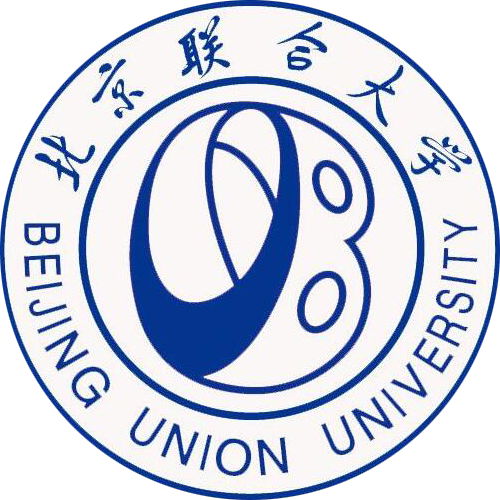详细信息
A study of the osmotic characteristics, water permeability, and cryoprotectant permeability of human vaginal immune cells ( SCI-EXPANDED收录)
文献类型:期刊文献
英文题名:A study of the osmotic characteristics, water permeability, and cryoprotectant permeability of human vaginal immune cells
作者:Shu, Zhiquan[1,2];Hughes, Sean M.[3];Fang, Cifeng[1];Huang, Jinghua[1,5];Fu, Baiwen[1,5];Zhao, Gang[6];Fialkow, Michael[3];Lentz, Gretchen[3];Hladik, Florian[3,4];Gao, Dayong[1]
第一作者:Shu, Zhiquan
通讯作者:Gao, DY[1];Hladik, F[2]
机构:[1]Univ Washington, Dept Mech Engn, Seattle, WA 98195 USA;[2]Washington State Univ, Sch Mech & Mat Engn, Everett, WA 98201 USA;[3]Univ Washington, Dept Obstet & Gynecol, Seattle, WA 98195 USA;[4]Fred Hutchinson Canc Res Ctr, Vaccine & Infect Dis Div, Seattle, WA 98109 USA;[5]Beijing Union Univ, Coll Informat Technol, Beijing 100101, Peoples R China;[6]Univ Sci & Technol China, Dept Elect Sci & Technol, Hefei 230027, Peoples R China
第一机构:Univ Washington, Dept Mech Engn, Seattle, WA 98195 USA
通讯机构:[1]corresponding author), Univ Washington, Dept Mech Engn, Seattle, WA 98195 USA;[2]corresponding author), Univ Washington, Dept Obstet & Gynecol, Seattle, WA 98195 USA.
年份:2016
卷号:72
期号:2
起止页码:93-99
外文期刊名:CRYOBIOLOGY
收录:;Scopus(收录号:2-s2.0-84962566413);WOS:【SCI-EXPANDED(收录号:WOS:000374078600003)】;
基金:This study was supported by funds received through the Mucosal Immunology Group (http://public.hivmucosalgroup.org), a group funded by a supplement to the HIV Vaccine Trials Network (HVTN) grant, an HIV/AIDS clinical trials network funded by the National Institute of Allergy and Infectious Diseases (NIAID), U.S. National Institutes of Health (UM1AI068618); by a Supplement to R33AI094412 funded by NIAID; and by the Bill and Melinda Gates Foundation (OPP1032522). The funders had no role in study design, data collection and analysis, decision to publish, or preparation of the manuscript.
语种:英文
外文关键词:Cryopreservation; Human vaginal mucosa; T cell; Macrophage; Cryobiological characteristics; Microfluidic perfusion channel
摘要:Cryopreservation of specimens taken from the genital tract of women is important for studying mucosa] immunity during HIV prevention trials. However, it is unclear whether the current, empirically developed cryopreservation procedures for peripheral blood cells are also ideal for genital specimens. The optimal cryopreservation protocol depends on the cryobiological features of the cells. Thus, we obtained tissue specimens from vaginal repair surgeries, isolated and flow cytometry-purified immune cells, and determined fundamental cryobiological characteristics of vaginal CD3(+) T cells and CD14(+) macrophages using a microfluidic device. The osmotically inactive volumes of the two cell types (V-b) were determined relative to the initial cell volume (V-0) by exposing the cells to hypotonic and hypertonic saline solutions, evaluating the equilibrium volume, and applying the Boyle van't Hoff relationship. The cell membrane permeability to water (L-p) and to four different cryoprotective agent (CPA) solutions (P-s) at room temperature were also measured. Results indicated V-b values of 0.516 V-0 and 0.457 V-0 for mucosa] T cells and macrophages, respectively. L-p values at room temperature were 0.196 and 0.295 pm/miniatm for T cells and macrophages, respectively. Both cell types had high P-s values for the three CPAs, dimethyl sulfoxide (DMSO), propylene glycol (PG) and ethylene glycol (EG) (minimum of 0.418 x 10(-3) cm/min), but transport of the fourth CPA, glycerol, occurred 50-150 times more slowly. Thus, DMSO, PG, and EG are better options than glycerol in avoiding severe cell volume excursion and osmotic injury during CPA addition and removal for cryopreservation of human vaginal immune cells. Published by Elsevier Inc. This is an open access article under the CC BY license.
参考文献:
![]() 正在载入数据...
正在载入数据...


